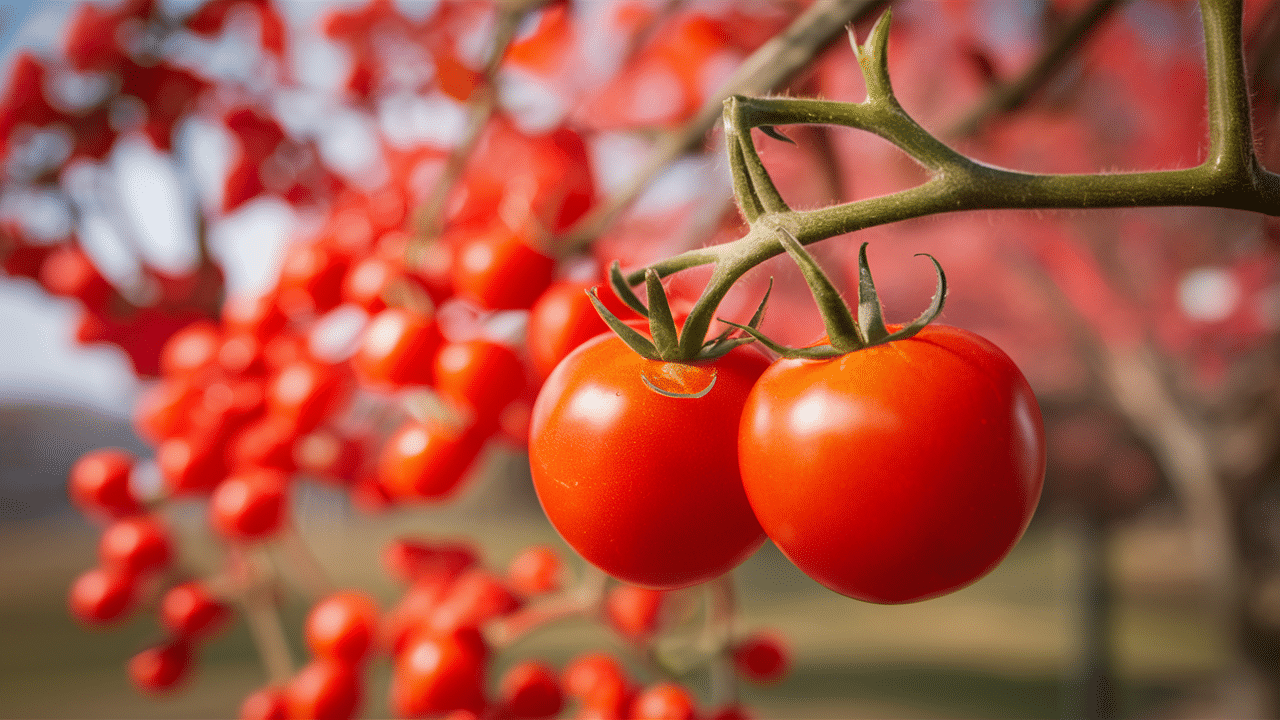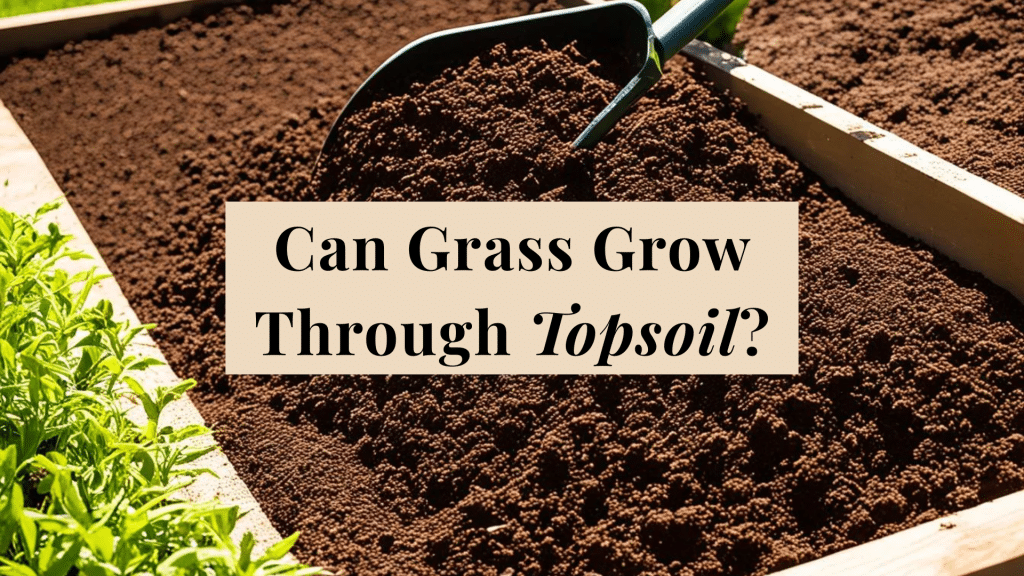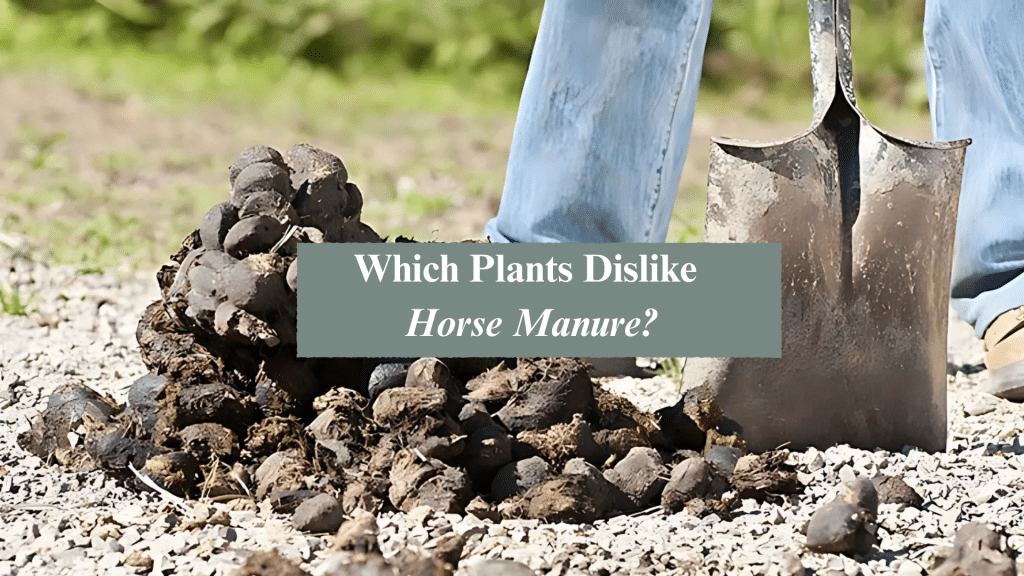Ever spotted those gorgeous pink tomatoes at the farmers market and wondered what they’re all about? Sakura tomatoes are Japan’s delicious gift to the tomato world, and they’re finally getting the attention they deserve.
In this article, I’ll introduce you to these special pink beauties – explaining their unique flavor profile, nutritional benefits, and the best ways to enjoy them. Whether you’re a curious cook or tomato-obsessed, I’ve got you covered.
As someone who’s grown and cooked with Sakura tomatoes, I understand the challenge of finding accurate information about these uncommon varieties.
Are you looking for answers about what makes these tomatoes different from regular ones? Are you wondering if they’re worth the extra cost, or are you curious about how to use them in your cooking?
Let’s dive into everything you need to know about these remarkable pink treasures.
What Exactly Are Sakura Tomatoes?

Sakura tomatoes are a special type of tomato that comes from Japan. I first discovered them at a local farmers market three years ago, and they’ve been a favorite in my kitchen ever since.
These tomatoes get their name from cherry blossoms (sakura in Japanese) because of their distinctive pink color. They’re not your ordinary red tomatoes!
What makes them unique?
- Size: They’re medium-sized, about the size of a golf ball
- Color: Beautiful pink to light red
- Texture: Firm but juicy inside
- Seeds: Fewer seeds than regular tomatoes
Sakura tomatoes were created in the 1990s by Japanese farmers who wanted a sweeter, less acidic tomato. They carefully crossed different tomato varieties until they got these perfect pink gems.
You might find them at specialty grocers or Asian markets. They cost a bit more than regular tomatoes, but many people (myself included) think they’re worth it.
Unlike other tomato varieties, Sakura tomatoes stay firm even when fully ripe. This makes them perfect for slicing in salads or using as a gorgeous garnish.
Have you ever tried them in your cooking? If not, you’re in for a treat!
What Do Sakura Tomatoes Taste Like?
The first time I bit into a Sakura tomato, I was genuinely surprised. These aren’t your average tomatoes!
Flavor Profile
- Sweet and slightly tangy – much sweeter than regular tomatoes
- Juicy with a smooth texture – they burst with flavor in your mouth
- Less acidic than many other tomatoes – perfect if regular tomatoes give you heartburn
If you’ve never tried them, imagine a cherry tomato but sweeter, juicier, and with a more complex flavor.
Compared to Regular Tomatoes
Sakura tomatoes taste quite different from the tomatoes you typically find at the grocery store. They’re less tart and have a natural sweetness that reminds me of fruit.
Think of the difference between store-bought strawberries and fresh-picked ones. That’s similar to the jump in flavor you’ll experience!
Why People Love Them
Great for Snacking: I often eat these tomatoes just as they are – no salt, no dressing, nothing. Their natural sweetness makes them perfect for a quick, healthy snack.
Perfect in Salads: Sakura tomatoes’ sweet flavor and firm texture make them stand out in any salad. They won’t get mushy or water down your dressing.
Delicious When Roasted: Have you tried roasting tomatoes? With Sakuras, the sweetness intensifies when roasted. The result is almost candy-like but still savory enough for dinner.
Try them once, and you might find yourself searching for these pink gems whenever you shop!
How Are Sakura Tomatoes Grown?
I’ve grown these beautiful pink tomatoes in my garden for several years now, and they do require some special care.
Sakura tomatoes thrive in controlled environments. Unlike hardy field tomatoes, these delicate fruits are usually grown in greenhouses where temperature and humidity can be carefully managed.
The growing process has a few key features:
- Usually grown in greenhouses or warm climates: they need consistent temperatures between 65-80°F
- Vine-ripened for maximum flavor: farmers let them fully mature on the vine
- Popular with home gardeners and organic farms: their unique flavor makes them worth the extra effort
In Japan, where these tomatoes originated, growers often use hydroponic systems. This soil-free method delivers nutrients directly to the roots, creating ideal growing conditions.
If you’re thinking about growing them yourself, you’ll need a sunny spot with well-drained soil. The plants need support as they grow, so plan to use stakes or tomato cages.
Did you know? Sakura tomatoes take about 70-80 days from planting to harvest – slightly longer than regular tomatoes. The wait is definitely worth it!
These tomatoes don’t ship well when fully ripe, which is why you rarely find true Sakuras in regular grocery stores. The ones you see at farmers’ markets or specialty stores were likely picked just days before.
Have you considered growing your own? Even a pot on a sunny balcony could produce these delicious pink fruits!
Best Ways to Eat Sakura Tomatoes
Here are the best ways to enjoy these delightful pink tomatoes:
- Fresh from the vine: Cut in half, sprinkle with a little sea salt, and enjoy their pure, sweet flavor
- Tossed in salads: Add to arugula, fresh mozzarella, and light vinaigrette for a perfect balance of flavors
- Roasted with olive oil and garlic: Roast for 15 minutes at 400°F to caramelize their natural sugars and intensify their flavor
- Skewered for appetizers: Thread with small mozzarella balls and fresh basil leaves for colorful, delicious finger food
- Added to pasta or flatbreads: Their firm texture holds up well in hot dishes, providing distinct bites of sweet tomato flavor.
- On toast: Layer thick slices of sourdough with avocado and everything bagel seasoning for a simple, delicious snack
- In bruschetta: Dice and mix with garlic, basil, and olive oil for a sweeter twist on classic bruschetta.
- Stuffed: Hollow out and fill with herbed goat cheese or quinoa salad for elegant small bites
- Pickled: Their firm texture makes them perfect for quick pickling with herbs and spices.
- In gazpacho: Blend with cucumber and peppers for a naturally sweeter cold soup.
Are They Healthy?
I get this question all the time when I recommend Sakura Tomatoes to friends and family. The answer is a resounding yes!
These pink beauties aren’t just delicious – they’re also really good for you. Like other tomatoes, Sakuras are packed with nutrients that help your body thrive.
What makes them special? Here’s what you’ll get in each serving:
- Vitamin C: Helps your immune system stay strong
- Lycopene: Great for heart health and may help protect against certain cancers
- Fiber: keeps your digestion running smoothly
- Potassium: important for healthy blood pressure
And the best part? They’re low in calories but high in flavor. A cup of Sakura tomatoes has only about 30-35 calories.
I’ve found that their natural sweetness makes them perfect for kids who might turn up their noses at regular tomatoes. My nephew, who “hates vegetables,” will happily munch on these!
The pink color comes from their specific mix of lycopene and other antioxidants. This unique combination might even offer different health benefits than red tomatoes, though research is still ongoing.
Have you been looking for healthy snacks that actually taste good? These tomatoes might be exactly what you need in your diet.
Remember: eating a rainbow of colorful fruits and vegetables gives you the widest range of nutrients. Adding these pink tomatoes to your regular rotation is a delicious way to diversify your plate!
Conclusion
Sakura tomatoes are truly something special in the world of produce. I’ve found them to be a delightful addition to my kitchen, bringing their unique sweet-tangy flavor and beautiful pink color to countless meals.
Whether you enjoy them fresh in salads, roasted with herbs, or as a vibrant garnish, these Japanese treasures offer both exceptional taste and solid nutritional benefits.
While they might cost a bit more and require some searching, their distinctive flavor profile and versatility make them worth seeking out.
If you haven’t tried these pink gems yet, I encourage you to look for them at farmers’ markets, specialty grocers, or even grow your own. Once you experience their juicy sweetness and lower acidity compared to typical tomatoes, they might just become your new favorite variety for both everyday meals and special occasions.














